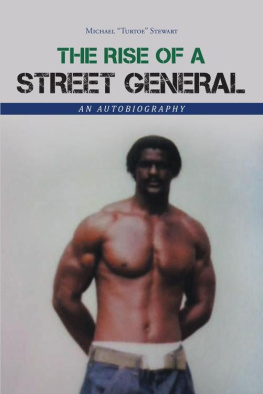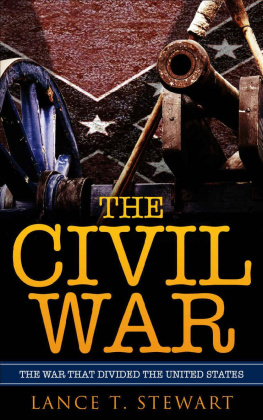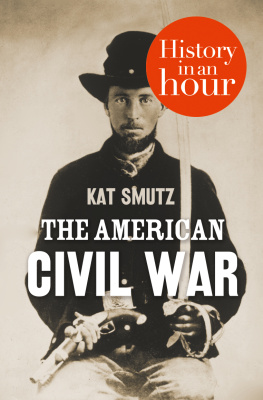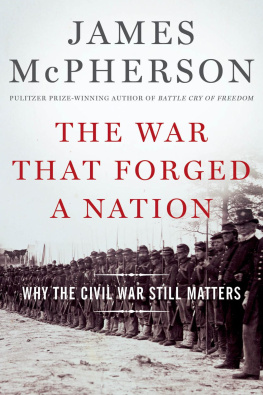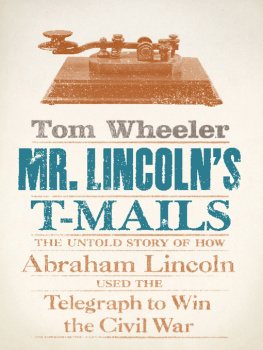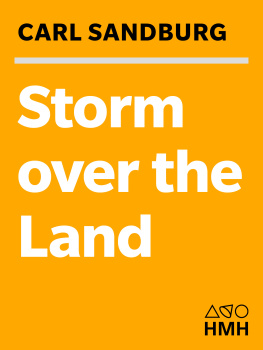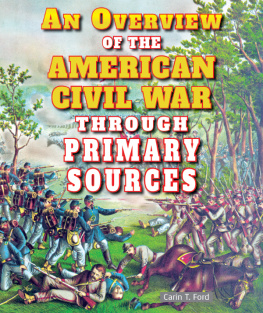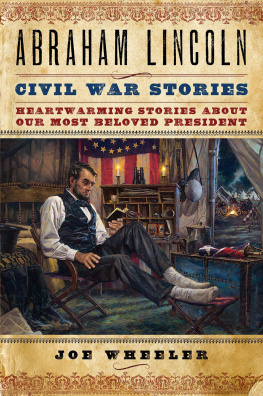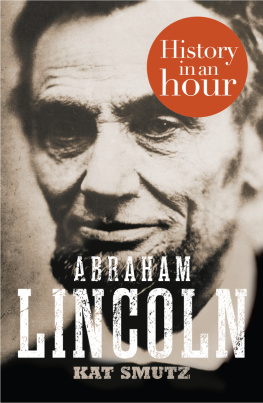The Civil War
The Untold Soldier Stories of the American Civil War
Copyright 2016 - All rights reserved.
In no way is it legal to reproduce, duplicate, or transmit any part of this document in either electronic means or in printed format. Recording of this publication is strictly prohibited and any storage of this document is not allowed unless with written permission from the publisher. All rights reserved.
The information provided herein is stated to be truthful and consistent, in that any liability, in terms of inattention or otherwise, by any usage or abuse of any policies, processes, or directions contained within is the solitary and utter responsibility of the recipient reader. Under no circumstances will any legal responsibility or blame be held against the publisher for any reparation, damages, or monetary loss due to the information herein, either directly or indirectly.
Respective authors own all copyrights not held by the publisher.
Legal Notice:
This book is copyright protected. This is only for personal use. You cannot amend, distribute, sell, use, quote or paraphrase any part or the content within this book without the consent of the author or copyright owner. Legal action will be pursued if this is breached.
Disclaimer Notice:
Please note the information contained within this document is for educational and entertainment purposes only. Every attempt has been made to provide accurate, up to date and reliable complete information. No warranties of any kind are expressed or implied. Readers acknowledge that the author is not engaging in the rendering of legal, financial, medical or professional advice.
By reading this document, the reader agrees that under no circumstances are we responsible for any losses, direct or indirect, which are incurred as a result of the use of information contained within this document, including, but not limited to, errors, omissions, or inaccuracies.
Table of Contents
Introduction: Stars and Stripes, Stars and Bars
Chapter 1: Origins
Chapter 2: Sumter
Chapter 3: First Bull Run/First Manassas
Chapter 4: Antietam
Chapter 5: Union Low Point Chancellorsville
Conclusion
LIMITED TIME BONUS MATERIAL: Next Stop Success Free Package
Introduction: Stars and Stripes, Stars and Bars
Thank you for downloading this book, Civil War Heroes.
On June 17, 2015, a young white supremacist named Dylann Roof walked into the Emanuel African Methodist Church in Charleston, South Carolina, and opened fire. Roof killed nine people and wounded at least three others, all of them African-American.
His actions, and the discovery of his personal website, which included white supremacist ideas and images, were also decorated with the flag of the Confederate States of America. Roof's hope was that his actions would help ignite a race war in the United States. Though that of course did not happen, his actions brought to a head the debate over the use and display of the Confederate flag at official monuments in the South, as well as its private display by American citizens throughout the nation. In South Carolina and other southern states, demonstrators both for and against the flag held rallies, and debated what the flag meant to them a symbol of slavery, or a symbol of rebellion, military heritage and an independent spirit.
Many states, including South Carolina amended their laws regarding the display of the flag, and others are still debating whether to take action or not for instance, in Mississippi, where the Confederate flag, often known as the Stars and Bars, is a significant part of the state banner.
The debate over the Confederate flag, its meaning and place in today's America clearly shows that the Civil War, the bloodiest in American history, clearly illustrates that the effects of the war are still being felt, one hundred fifty years after the conflict came to an end.
The personal accounts which you read in this e-book are in the public domain, kept in the National Archives, or in various local archives, museums, universities and colleges. They have been included in a number of works, three of which I would like to acknowledge here:
1) Wheeler, Richard. Voices of the Civil War . New York: Crowell, 1976.
2) Robertson, James I. Soldiers Blue and Gray . Columbia, S.C.: University of South Carolina Press, 1988.
3) Flagel, Thomas R., and Ken Allers. The History Buff's Guide to Gettysburg: Key People, Places, and Events . Nashville, Tenn: Cumberland House, 2006.
Please feel free to share this book with your friends and family. Please also take the time to write a short review on Amazon to share your thoughts.
Chapter 1: Origins
Before the Civil War most US citizens, when asked if they considered themselves American would likely say yes with a caveat they were New Yorkers, Vermonters, South Carolinians, Georgians, etc, first.
The first uniting documents of the United States of American were the Declaration of Independence in 1776, and the Articles of Confederation in 1781, which described the American government from 1777-1789.
The Declaration mentions nothing about a new nation. The documents conclusion asserts that ...by Authority of the good people of these Colonies, solemnly publish and declare, That these united colonies are, and by right ought to be, Free and Independent States...
The Articles of Confederation, while forming the basic structure of a federal government, left that government without real teeth, and devolved to the states virtual self-government, except in the case of war, alliances and certain federal expenditures. One of the biggest problems that developed under the Articles was that each state was able to govern its own trade. This was specifically the raising of duties and tariffs to protect its own markets, which severely hampered economic growth in the country as a whole. The issue of slavery was not a part of the Articles in any way or for that matter; it was not included in the Declaration either.
In the years after the end of the American Revolution in 1781, it became increasingly clear that the Articles of Confederation were more of a hindrance than a help. By 1786, representatives from a number of states had drafted a request to Congress, asking for a constitutional convention to be held as soon as possible in order to more tightly bind the states together and solve the many economic problems that thrived under the Articles.
The Constitutional Convention met from late May to mid- September of 1787 in Philadelphia. Delegates from all thirteen states came to Pennsylvania to represent the interests of their states within a proposed federal union. Considering the problems that needed to be addressed it was no small miracle that the members of the Convention were able to announce the construction of a Constitution of the United States in just four and a half months.
The Constitution provided for a stronger federal government, described the construction and duties of that government the relationship of the federal and state governments and the basic rights of American citizens. One of the main reasons that the document passed so rapidly was that the delegates almost completely ignored the issue of slavery; except for the now infamous method of counting slaves for the purpose of state representation in that adult slaves were to be counted as three fifths of a person.
Though some members of the Convention were strongly against slavery and attempted to address it, they were silenced by the majority, even those against what was later termed the South's peculiar institution. It is easy to condemn the Founders for not addressing the problem of slavery when constructing the Constitution, and while every sane individual of the 21 st century would agree that slavery was and is wrong, at the time it was rightly believed that that there would likely have been no Constitution, and hence, no nation.







